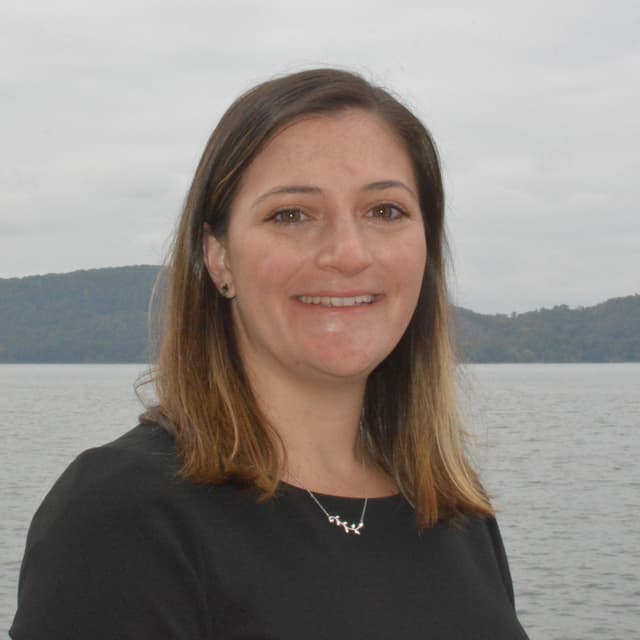In pursuit of greenhouse gas emission reduction targets and to mitigate the worst impacts of climate change, Riverkeeper is committed to advocating for an energy transition that is truly sustainable and beneficial for the ecosystem and its communities.
Riverkeeper champions energy conservation measures and evaluates energy infrastructure projects with the goal of minimizing their impacts on the Hudson River watershed, while acknowledging the development required to successfully transition to a grid powered by renewable energy.
Supporting clean energy, protecting the river
Riverkeeper supports New York’s efforts to increase renewable energy generation and reduce our communities’ reliance on fossil fuels.
In 2019, we worked with partners to successfully push for the passage of New York’s groundbreaking Climate Leadership and Community Protection Act, the nation’s strongest climate legislation. The CLCPA established aggressive mandates to ensure New York achieves a 40 percent reduction in greenhouse gas emissions by 2030 and an 85 percent reduction — with 100 percent carbon neutrality — by 2050.
Preventing fossil fuel expansion
Riverkeeper was a leader in pushing for New York’s moratorium and eventual ban of the horizontal hydraulic fracturing, or “fracking,” method of natural gas extraction, which contaminates groundwater, destroys wildlife habitat, and releases pollutants including methane, a powerful greenhouse gas.
We’ve also been instrumental in putting a stop to other potentially harmful projects, including the Pilgrim Pipelines, a proposed oil terminal expansion in Albany which would have shipped crude oil and refined petroleum along the length of the Hudson Valley, and the Constitution Pipeline, which would have carried fracked gas across more than 250 different waterways.
In 2024, ending a lengthy legal battle, Danskammer Energy withdrew its plans to expand its gas-fired power plant on the Hudson River. Riverkeeper’s fight against the expansion was the latest in our decades-long legal effort to prevent this and other power plants from damaging the Hudson River ecosystem. This outcome was a victory for environmental protection, reinforcing the NYSDEC's authority to uphold the state's climate goals and safeguard communities from harmful emissions.
Riverkeeper continues to review and comment on energy projects to ensure that environmental impacts are minimized and construction adheres to all relevant laws and regulations.
Reducing the amount of fossil fuels needed for energy production is good for New York and good for water resources. Riverkeeper supports clean energy and we monitor these projects to ensure that they don’t jeopardize the health of the Hudson and the species that depend on it.

Reducing the impacts of energy projects
Riverkeeper staff currently serve on the Champlain Hudson Environmental Trust Governance Committee, which oversees restoration projects that compensate for impacts to the river ecosystem.
Riverkeeper is focused on ensuring coordination and communication between CHPE and the wind and solar energy transmission cable project, Clean Path, which will occupy the same 40-mile stretch of the Hudson. Our aim is to reduce the cumulative impacts of the two projects, including widespread habitat disturbance, resuspension of contaminated sediments, the impact of multiple electromagnetic fields on aquatic life, and reduced vessel safety.








